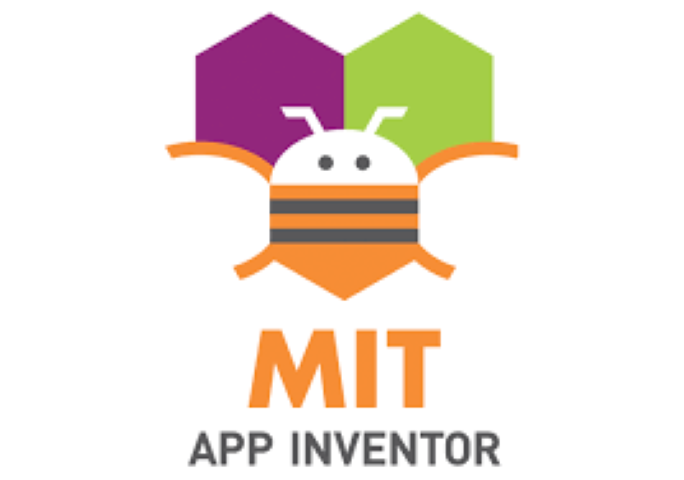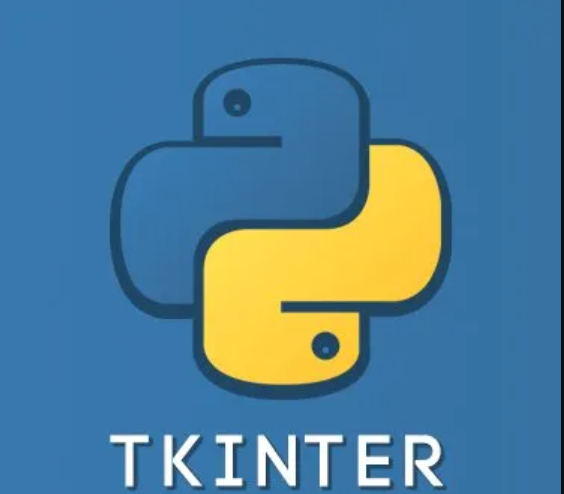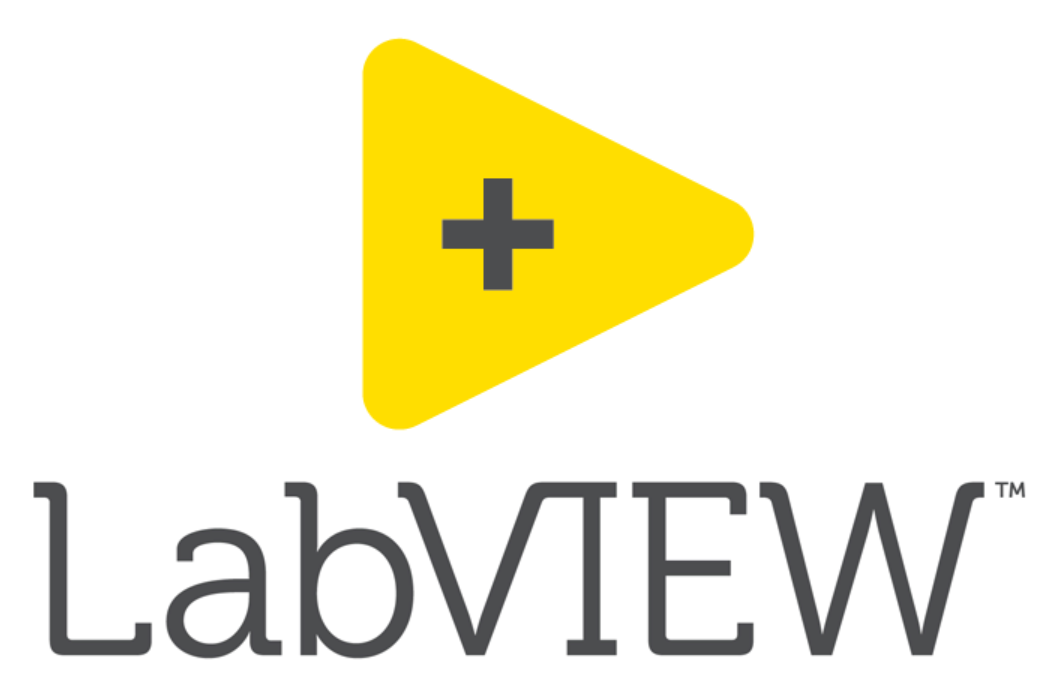Week 14
Interface and Application Programming
Brief Overview
For our FabAcademy Week 14 group assignment on Interface and Application Programming, We’ll be exploring various tools for creating interfaces between humans and machines. This involves working with software that allows me to design and program graphical user interfaces (GUIs), interact with sensors and actuators, and communicate with microcontrollers. As part of this, We’ll be comparing different tools, taking into account factors like ease of use, flexibility, compatibility, and how customizable they are.
Group Assignment Page (Interface and Application Programming)
In this assignment:-
1. We have Compare as many tool options as possible.
2.Document our work on the group work page and reflect on our individual page what we have learned.
Processing

Processing is an open-source graphical library and integrated development environment (IDE) that serves as a flexible software sketchbook for visual artists, designers, and anyone interested in creating visual applications. It was originally developed as a teaching tool for non-programmers to learn the fundamentals of programming through visual feedback. Processing uses a simplified version of Java, which makes it accessible even to those with little or no prior coding experience.
Processing is particularly popular for creating graphical user interfaces (GUIs) and interactive visuals, making it ideal for creative coding. It provides a wide range of built-in functions that allow users to draw shapes, manipulate images, and create animations with just a few lines of code. It also supports 2D and 3D graphics, sound, and interaction with other software and hardware, including microcontrollers like Arduino.
One of the key features of Processing is its ease of use. The syntax is simple and intuitive, and the community offers numerous examples and libraries that extend its functionality, such as libraries for working with sound, video, and data visualization. This flexibility allows users to build prototypes quickly and experiment with visual ideas. However, Processing may not be the best choice for large-scale applications or complex interfaces, as it is mainly optimized for smaller creative projects.

MIT App Inventor
MIT App Inventor is a block-based programming tool designed for building mobile applications, specifically for the Android platform. Developed by MIT, it aims to make app development accessible to everyone, especially beginners and non-programmers. The platform uses a drag-and-drop interface where users can create app functionalities by connecting blocks that represent different programming constructs like variables, loops, and event listeners.
One of the key strengths of MIT App Inventor is its user-friendly interface, which allows users to design mobile apps without writing code. It’s particularly well-suited for educational purposes, as it helps students and novice developers quickly grasp programming concepts while creating functional apps. With its built-in support for Bluetooth, Wi-Fi, and sensors, it’s easy to create interfaces that can control or communicate with external devices like microcontrollers.
MIT App Inventor is also cloud-based, which means that users can develop, test, and deploy apps directly from a web browser without needing to install any software. While its simplicity is its strength, it can also be a limitation. The block-based interface may feel restrictive for more advanced users who need finer control over the app’s functionality or want to develop for platforms beyond Android.

Python (with libraries like Tkinter, PyQt)
Python is a highly versatile and widely-used programming language, making it a popular choice for developing user interfaces. Its simplicity and readability make it an excellent tool for both beginners and seasoned developers. When it comes to creating GUIs, Python offers several libraries, with Tkinter and PyQt being two of the most prominent options.
Tkinter is Python’s standard GUI library. It’s included with most Python installations, which makes it an easily accessible tool for creating basic, native-looking interfaces. Tkinter allows developers to create windows, dialogs, buttons, text fields, and other standard interface components. While it’s fairly straightforward to use, Tkinter’s design is somewhat limited in terms of customization and modern aesthetics, making it more suitable for simple applications.
On the other hand, PyQt is a more powerful and flexible library that binds Python to the Qt application framework. PyQt offers a richer set of tools and widgets, enabling developers to create more complex, feature-rich, and visually appealing interfaces. PyQt also supports cross-platform development, meaning applications developed with PyQt can run on multiple operating systems, including Windows, macOS, and Linux.
Both libraries offer a variety of extension capabilities, such as integrating with databases, handling multimedia content, and communicating with hardware devices. However, PyQt’s advanced features come with a steeper learning curve compared to Tkinter.

LabVIEW
LabVIEW (Laboratory Virtual Instrument Engineering Workbench) is a system-design platform and development environment created by National Instruments. It is widely used in engineering, scientific research, and industrial automation for data acquisition, instrument control, and automation tasks. LabVIEW’s distinguishing feature is its graphical programming language, known as G (or G-code), which allows users to program by connecting function blocks in a flowchart-like interface rather than writing traditional lines of code.
This graphical approach makes LabVIEW especially appealing to engineers and scientists who may not have extensive programming experience but need to create sophisticated systems to collect, analyze, and visualize data. LabVIEW is particularly useful for controlling instruments in laboratory environments, integrating with hardware like sensors, motors, and actuators, and running complex automated tests. It also supports real-time data monitoring and analysis, making it highly suitable for industries that require precise control and measurement systems.
LabVIEW’s vast library of built-in functions and compatibility with a wide range of hardware makes it a versatile tool for automation. However, its proprietary nature and licensing costs can be a drawback, especially for smaller projects or organizations with limited budgets. Additionally, while its graphical programming style is intuitive, it may not be as scalable or as efficient for developing large applications as text-based programming languages.